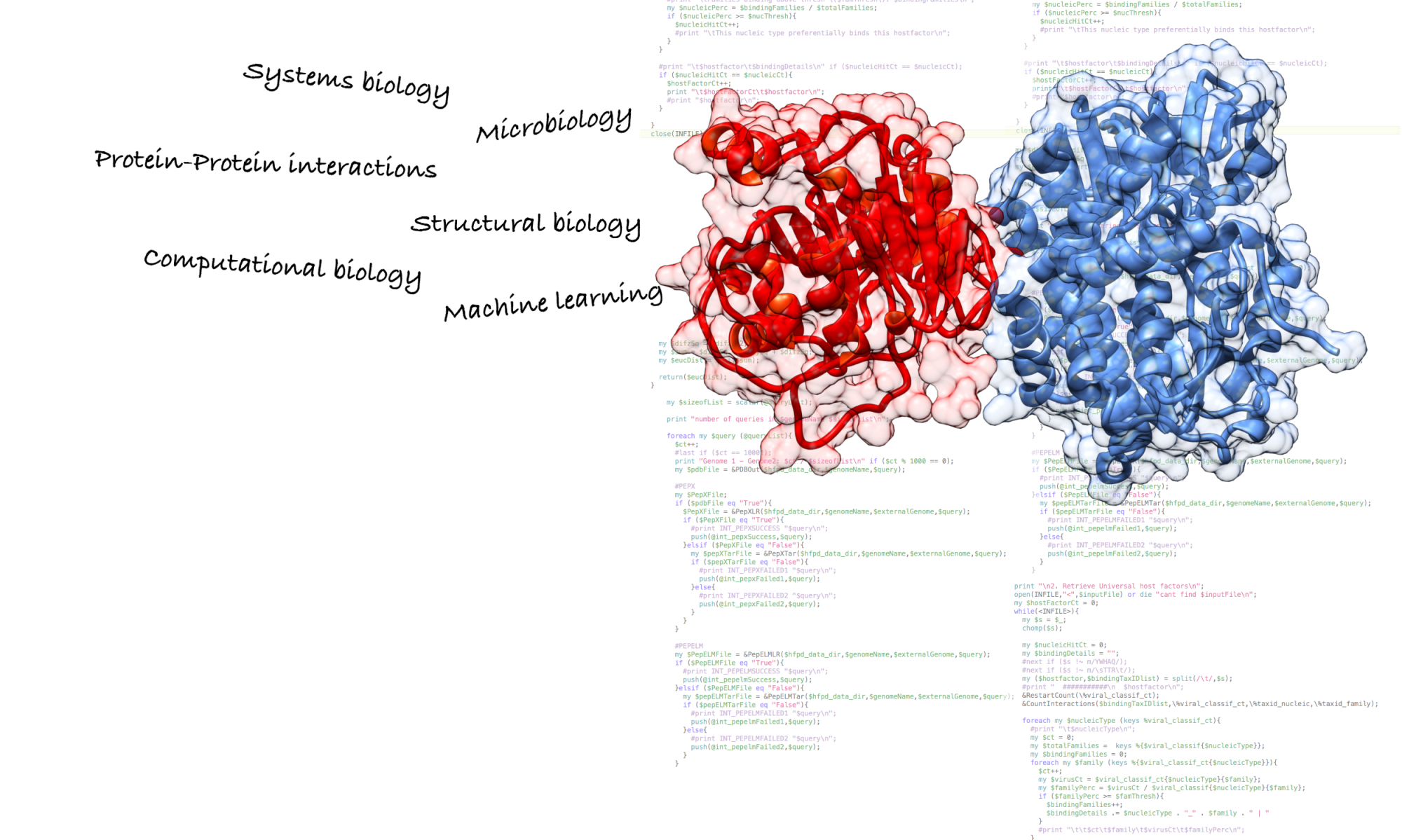In this paper, Roy and Zhang describe COFACTOR, which predicts protein-ligand binding sites. COFACTOR is a comparative and hierarchical approach that uses structure modeling and a global-and-local similarity search. This method outperformed all other methods in the CASP9 competition, thus highlighting the importance of their approach.
The authors first carry out structure modeling based on the I-TASSER algorithm. Following this, a global similarity search is performed to identify template proteins with bound ligands using TM-align. During the local similarity search, sequence and geometrical information is considered in a step-wise manner: first, considering evolutionary information by position-specific iterative basic local alignment search tool (PSI-BLAST) and the Jensen-Shannon divergence score, and, secondly, by structurally aligning the candidate binding-site motif to the template motif using Needleman-Wunsch dynamic programming. Ligand conformation is ultimately refined using a quick Metropolis Monte-Carlo simulation.
Evaluation of this method showed that COFACTOR accurately identifies 65%-69% of ligand-binding pockets and interacting residues with a Matthews correlation coefficient (MCC) of 0.55-0.58. Furthermore, it was shown to perform better that all other methods in the CASP9 competition. The authors argue that its success resides on the combination of both local and global structural alignment.
